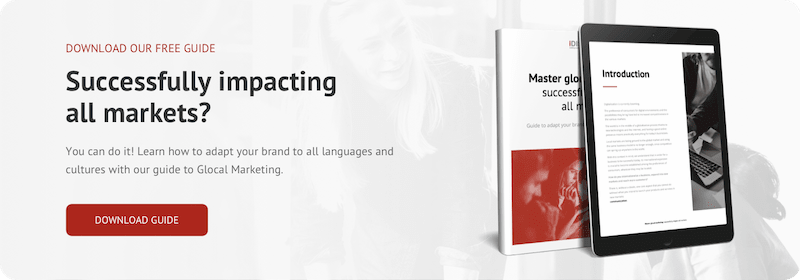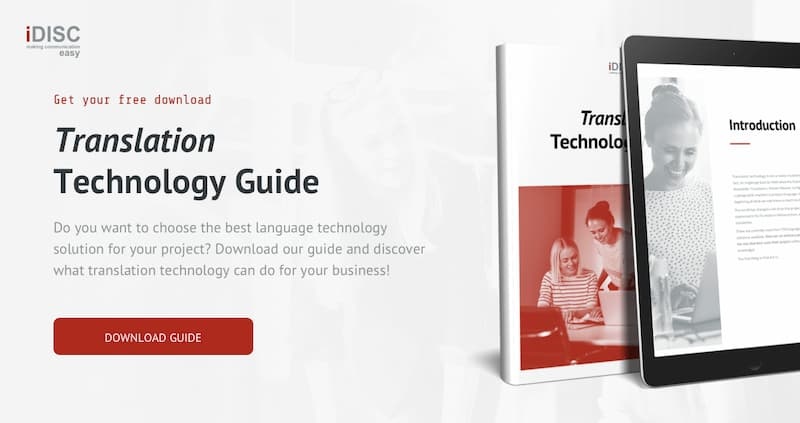Do you know what we mean by expanding your business beyond local borders with a multilingual SEO strategy?
In this article, we will explain how to implement this strategy to maximize the visibility of your website and connect with audiences across the world.
With the right strategy, you can conquer every and any market.
The importance of multilingual SEO
Let's go one step at a time... to understand this strategy, we must first understand what it consists of and why it is so important nowadays.
Multilingual SEO refers to the optimization of a website so it can be easily indexed and ranked by search engines in different languages.
This means that your web content will be visible to users searching in their native language, which will increase your chances of attracting relevant traffic and potential international customers. In addition, multilingual SEO helps improve the user experience by offering users content in their native language.
This strategy sounds very promising, but how can we implement it?
We’re going to define the 8 key steps you should consider to learn how to implement a multilingual SEO strategy that will allow you to optimize your website for multiple languages:
8 steps to implementing a multilingual SEO strategy
1— Multilingual keyword research
Understanding how people search for information in different languages will help you tailor your content and reach your target audience in each region.
Use appropriate keyword tools for each language and take cultural and linguistic differences into account when choosing keywords.
Tools such as Semrush, Seranking and Answer the Public allow you to research the main queries and keywords used in different countries, so you can research by region to create a multilingual SEO strategy which is well-adapted to each market.
2— Localized and relevant content
The key to an effective international SEO strategy lies in the creation of localized and relevant content for each audience. It’s not simply a matter of translating your content, but of adapting it culturally and considering the preferences and specific characteristics of each region.
Hiring native-speaker copywriters and translators in each language will ensure that your message is delivered accurately and resonates well with your target audience.
3 — Optimized meta tags and descriptions
Be sure to optimize these tags in each language by using relevant keywords and attractive descriptions that encourage users to click on your website in search results. Remember to adapt them culturally and consider the differences in the way people search for information online.
4 — Website architecture and intuitive browsing
Your website and browsing structure should be intuitive and easy to use for users in every language. Organize your content in a logical and coherent way, making sure that internal links and directory structures are clear and accessible. This will make it easier for users to navigate and will improve indexing of your website by search engines.
5 — Speed and performance optimization
Optimize the speed and performance of your website in every language, using techniques such as image compression, CDN (Content Delivery Network) and code optimization. Users from any region of the world value the loading speed of a website, so it’s important to make sure your site is fast and efficient.
6 — Adaptation of internal and external links
Internal links, i.e. links to other internal pages or other parts of your website and blog, should be consistent and relevant in each language to facilitate browsing and indexing of your pages. Also consider establishing external links with authority websites in each region to strengthen the relevance and reliability of your content in different languages.
7 — Optimization of header tags and multimedia content
Header tags (H1, H2, H3, etc.) and multimedia content such as images and videos should be optimized in each language to improve understanding and the relevance of your content. Use interesting keywords in your header tags to position your content and provide alternative text in your multimedia elements in each language. This will help search engines better understand your content and improve your visibility in search results in each language.
8 — Implementation of hreflang and language tags
Hreflang tags tell search engines the language and specific location of each version of your content, which helps avoid duplicate sections and improves the relevance of your pages for each language.
Be sure to correctly implement these hreflang tags in your website code.
By following these steps to implement a multilingual SEO strategy, you’ll be on the right track to expanding your website's presence globally and reaching international audiences.
At iDISC, our translation agency, we understand the importance of multilingual SEO and have a team of experts in technical translation, marketing translation, SEO translation and multilingual content management.
With over 30 years of experience in the cultural and linguistic adaptation of content, we offer effective and customized solutions for your website. Can we help you?
Don’t forget that you can find lots more interesting content in our blog.




